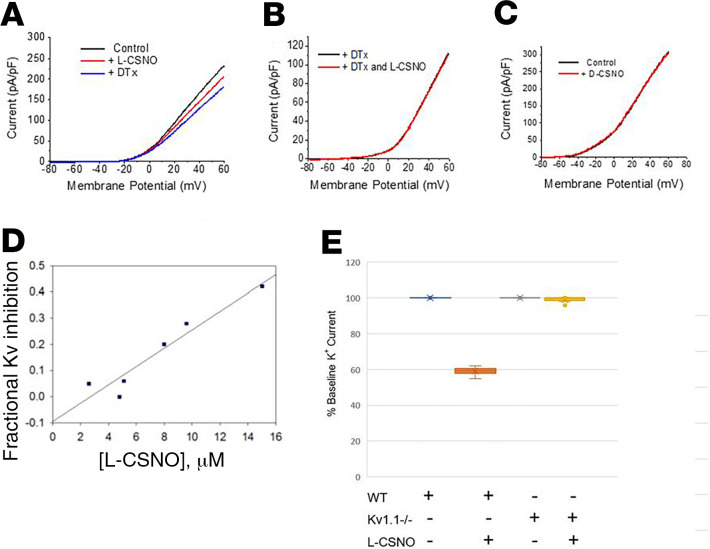Figure 4. Voltage-sensitive K+ currents are inhibited by L-CSNO and hypoxia.
(A). Extracellular L-CSNO reduced K+ current elicited by a slow voltage ramp from –80 to +60 mV in newborn rat petrosal ganglion cells studied by patch clamp. (B) After DTx, L-CSNO produced no further reduction in K+ current (n = 3 animals each). DTx blocks approximately 20% of the total K+ current (28). (C) D-CSNO had no effect on K+ current (n = 4, 100 μM to 1 mM). (D and E) As in rat neurons, L-CSNO inhibited DTx-sensitive voltage-gated K+ current relative to inhibition by subsequent DTx in WT murine ganglia in a dose-dependent fashion (D; n = 6; Inhmax = 0.4), but (E) maximal doses (>20 μM) had no effect in Kv1.1–/– murine neurons (n = 4 Kv WT neurons and n = 6 Kv1.1–/– neurons; P < 0.05 by ANOVA).

